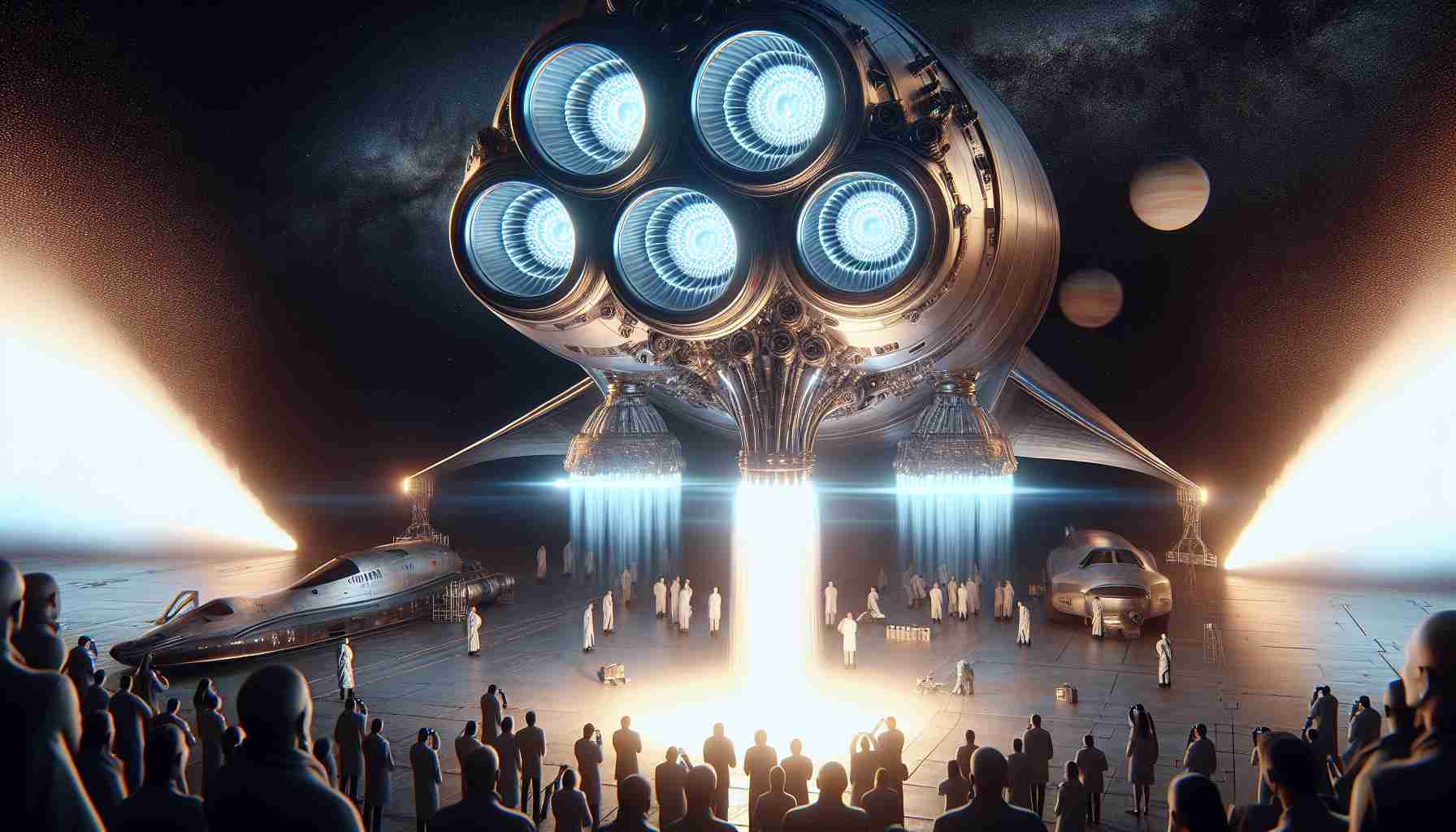In the world of quantum computing, errors can severely impact performance, leading to incorrect calculations. Unlike classical computers, which employ methods such as redundancy to tackle errors, quantum computers face a unique challenge due to the rules of quantum mechanics—for instance, the no-cloning theorem prohibits duplicating quantum states.
To address these challenges, researchers from Europe have devised a revolutionary strategy. Their innovative dual code approach enables quantum systems to utilize a combination of two distinct error correction codes, significantly enhancing error management. By switching between these codes, the team successfully demonstrates fault-tolerant operations that can protect against a wider range of errors than ever before.
The study established a unique circuit using an ion-trap quantum computer, combining a 7-qubit color code for certain gate operations with a 10-qubit code for others. This synergy allows the system to handle various types of errors, including bit-flips and phase-flips, that a single code could not manage alone.
This cutting-edge research, recently published in Nature Physics, marks a significant advancement in the quest for reliable quantum computing. By integrating multiple error-correcting methods, scientists are paving the way for error-free applications, pushing the boundaries of what quantum technology can achieve.
Broader Implications of Quantum Error Correction
The advancements in quantum error correction are not only pivotal for the development of reliable quantum computers, but they also bear significant implications for society, culture, and the global economy. As quantum technology matures, it holds the potential to revolutionize various sectors, ranging from pharmaceuticals and materials science to cryptography and artificial intelligence. Quantum computers, once reliable, could unlock unprecedented levels of computational power, enabling breakthroughs that classical systems simply cannot achieve.
The economic ramifications are profound. Gartner predicts the global quantum computing market will reach $1.2 billion by 2023, driven by demand for faster data analysis and enhanced problem-solving capabilities. Industries that adapt quickly could gain a substantial edge, sparking a wave of innovation and potentially displacing traditional methods.
Moreover, the environmental effects of quantum computing can be transformative. By optimizing resource management and reducing waste in industrial processes, quantum systems could facilitate sustainable development. Future trends indicate a growing emphasis on integrating green technologies with quantum advancements, promoting a cycle of environmental stewardship within tech-driven economies.
As researchers continue to enhance quantum error correction techniques, we may see a new era of technological reliability emerge. This progress could influence not just the future of computing, but also the fundamental way humans interact with technology—reshaping our cultural landscape as we embrace the possibilities of a quantum-enhanced world.
Revolutionizing Quantum Computing: New Strategies for Error Correction
In the rapidly evolving field of quantum computing, the challenge of error correction remains a critical barrier to achieving reliable performance. Traditional computers can deal with errors through redundancy, but quantum systems face unique obstacles due to the principles of quantum mechanics, such as the no-cloning theorem, which makes duplicating quantum states impossible.
To counteract these challenges, researchers across Europe have introduced a groundbreaking dual code approach aimed at enhancing error management in quantum systems. This innovative method combines two distinct error correction codes, marking a significant shift in how quantum systems can ensure fault tolerance during computations.
Features of the Dual Code Approach
The dual code strategy utilizes a circuit created on an ion-trap quantum computer, integrating a 7-qubit color code for specific gate operations alongside a 10-qubit code for others. This combination facilitates the capability to address various error types, including bit-flips and phase-flips, which would typically overwhelm a single error-correcting code.
Use Cases of Enhanced Error Correction
The capabilities afforded by this dual code method open up new possibilities for quantum computing applications. For instance, sectors such as cryptography, materials science, and complex system simulations can now benefit from more robust error correction. This feat not only enhances the reliable execution of quantum algorithms but also paves the way for developing more complex quantum applications.
Pros and Cons of the Dual Code Strategy
– Pros:
– Increased Fault Tolerance: The combination of codes allows for a broader range of error types to be corrected.
– Enhanced Performance: Potential for higher reliability in quantum operations, leading to more accurate computations.
– Scalability: Insights from this research could inform the design of larger quantum systems in the future.
– Cons:
– Complex Implementation: The dual code approach may require more intricate system designs and maintenance.
– Higher Resource Demand: Utilizing multiple codes may increase the computational resources needed for error correction.
Innovations and Future Trends
This research, featured in Nature Physics, signifies a remarkable advancement in quantum technology. As the needs for error-free applications grow alongside advancements in quantum devices, the integration of dual error-correcting methods could transform the landscape of quantum computing. Experts predict an increase in investment in quantum error correction techniques, making them a focal point in upcoming research initiatives.
Security Aspects
In the context of cybersecurity, improved error correction methods within quantum systems hold promise for areas such as quantum key distribution (QKD). Enhanced error management can lead to more secure communication channels, a critical need in today’s digital landscape.
By continuously driving forward with innovations like the dual code strategy, researchers not only enhance performance metrics but also provide a blueprint for overcoming the intricate challenges posed by quantum systems. As these techniques are refined and implemented, the realization of truly effective quantum computing appears to be on the horizon.
For more insights and updates on quantum computing advancements, visit Nature.
The source of the article is from the blog scimag.news



